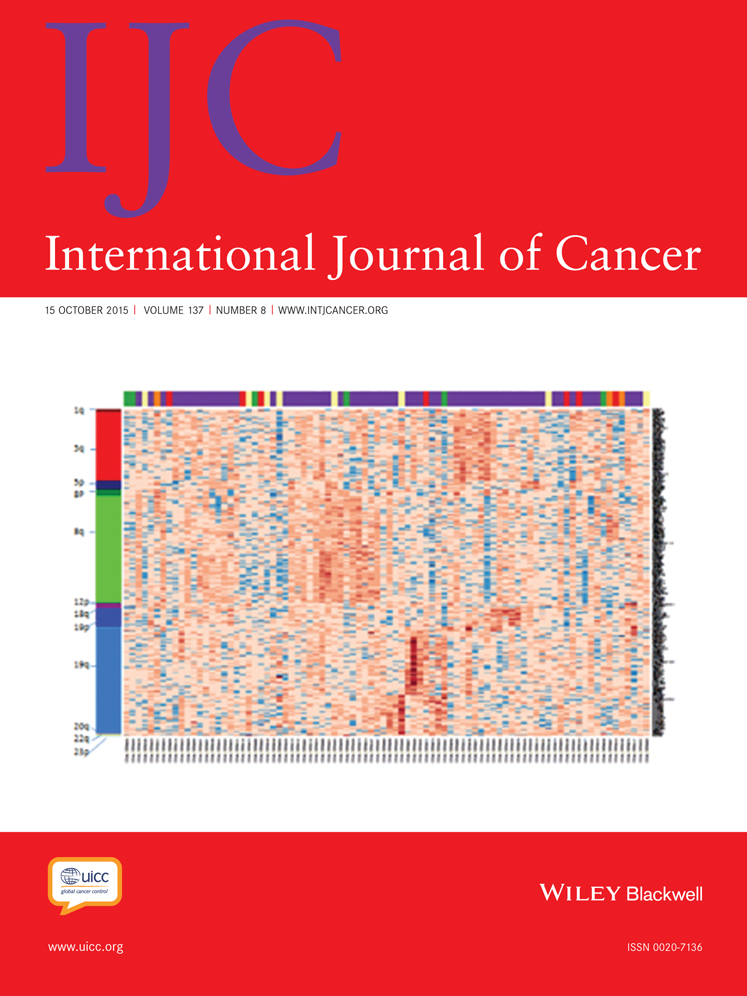ABCB1 and ABCG2 restrict the brain penetration of a panel of novel EZH2-Inhibitors
Abstract
Enhancer of Zeste Homolog 2 (EZH2) has emerged as a promising therapeutic target for treatment of a broad spectrum of tumors including gliomas. We explored the interactions of five novel, structurally similar EZH2 inhibitors (EPZ005687, EPZ-6438, UNC1999, GSK343 and GSK126) with P-glycoprotein (P-gp/ABCB1) and breast cancer resistance protein (BCRP/ABCG2). The compounds were screened by in vitro transwell assays and EPZ005687, EPZ-6438 and GSK126 were further tested in vivo using wild-type (WT), Abcb1 and/or Abcg2 knockout mice. All EZH2 inhibitors are transported by P-gp and BCRP, although in vitro the transporter affinity of GSK126 was obscured by very low membrane permeability. Both P-gp and Bcrp1 restrict the brain penetration of EPZ005687 and GSK126, whereas the brain accumulation of EPZ-6438 is limited by P-gp only and efflux of EPZ-6438 was completely abrogated by elacridar. Intriguingly, an unknown factor present in all knockout mouse strains causes EPZ005687 and EPZ-6438 retention in plasma relative to WT mice, a phenomenon not seen with GSK126. In WT mice, the GSK126 tissue-to-plasma ratio for all tissues is lower than for EPZ005687 or EPZ-6438. Moreover, the oral bioavailability of GSK126 is only 0.2% in WT mice, which increases to 14.4% in Abcb1;Abcg2 knockout mice. These results are likely due to poor membrane permeability and question the clinical usefulness of GSK126. Although all tested EZH2 inhibitors are substrates of P-gp and BCRP, restricting the brain penetration and potential utility for treatment of glioma, EPZ-6438 would be the most suitable candidate of this series.
Abstract
What's New?
Enhancer of zeste homolog 2 (EZH2) maintains the stemness of tumor cells and may have a critical role in glioma progression. As a promising therapeutic target in various cancers, there are now several candidate EZH2 inhibitors in the pipeline. The interactions of five of them were explored in this study. Experiments conducted in vitro and in vivo show that EZH2 inhibitors are substrates of ABCB1 and ABCG2, efflux transporters that severely restrict the distribution of drug into the brain. The findings suggest that EZH2 inhibitors are unlikely to play a meaningful role in the treatment of intracranial tumors.




